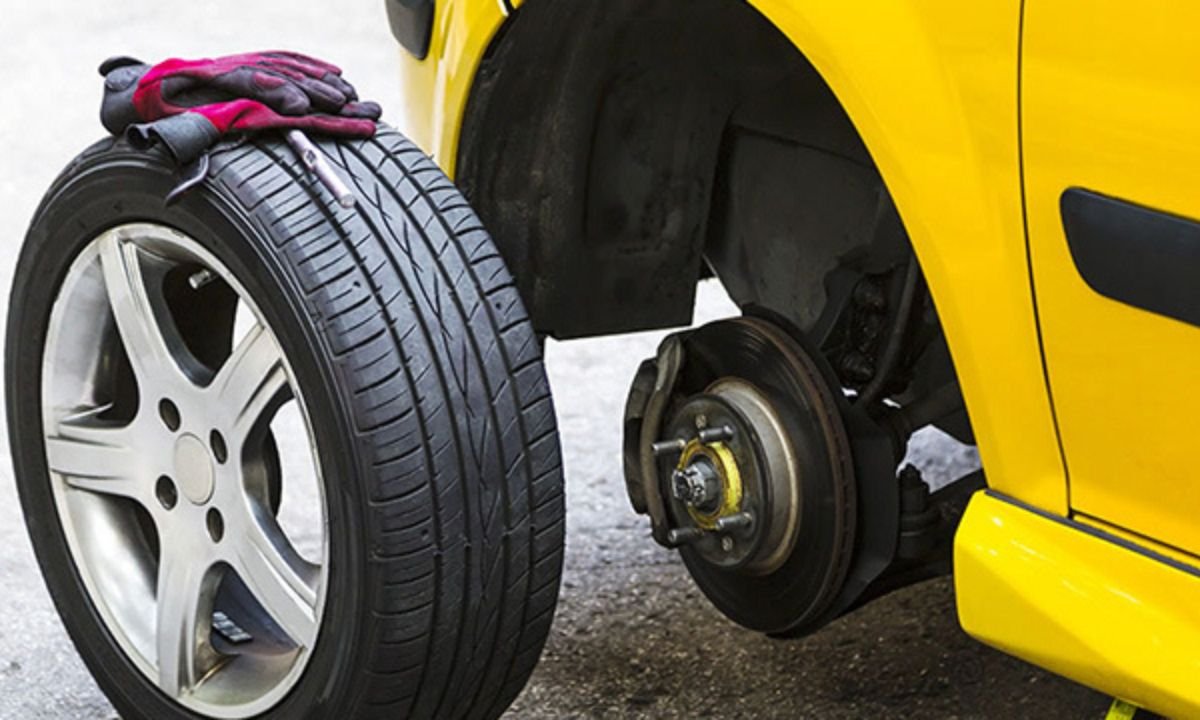When it comes to maintaining your vehicle, tyres are often overlooked. However, tyres play a vital role in your vehicle’s performance, safety, and fuel efficiency. With so many different types of tyres and maintenance requirements, it’s essential to understand how to care for them properly. In this article, we answer the most frequently asked questions about tyres to help you make informed decisions when it comes to tyre selection, maintenance, and care.
1. How Often Should I Check My Tyre Pressure?
Maintaining the correct tyre pressure is crucial for vehicle safety and efficiency. It affects handling, braking, and overall driving comfort. Generally, tyre pressure should be checked at least once a month and before long trips. It’s best to check tyre pressure when the tyres are cold (before driving) for the most accurate reading.
If you’re looking for tyres that maintain optimal performance and safety, our collection of tyres offers a variety of options suited for different driving needs.
2. What Is the Correct Tyre Pressure for My Vehicle?
The correct tyre pressure depends on the make and model of your vehicle. You can typically find the recommended tyre pressure in the vehicle owner’s manual or on a sticker located on the driver’s side doorframe. Overinflated or underinflated tyres can result in poor fuel efficiency and unsafe driving conditions.
For more detailed information on how tyre pressure affects your vehicle’s performance, visit our tyre maintenance page for expert tips and guides on keeping your tyres in peak condition.
3. When Should I Replace My Tyres?
Tyres don’t last forever. Generally, tyres should be replaced every six years, but this can vary depending on the type of tyre and how well they are maintained. The key indicators that it’s time to replace your tyres include:
- Worn-out tread
- Visible cracks or bulges
- Vibration or unusual noises
- Tyre age (typically recommended every six years)
You can explore our range of tyres designed to ensure safety and performance, helping you choose the perfect set for your vehicle.
4. How Can I Tell If My Tyres Are Worn Out?
The tread on your tyres plays a crucial role in providing traction, especially in wet conditions. To check if your tyres are worn out, measure the tread depth. If the tread is below 1.6mm, it’s time to replace your tyres. You can also perform a simple tread wear indicator check by inserting a penny into the tread groove—if you can see the top of Lincoln’s head, your tyres are too worn.
If you’re concerned about tyre wear or need help selecting a new set of tyres, our tyre inspection services ensure that your tyres are safe and ready for the road.
5. What Are the Different Types of Tyres?
There are various types of tyres available to suit different driving needs and road conditions. The most common types include:
- All-Season Tyres: Designed to perform well in a variety of conditions, including dry, wet, and light snow.
- Winter Tyres: Optimized for snowy and icy conditions, providing superior traction in cold weather.
- Summer Tyres: Designed for optimal performance in dry and warm conditions.
- Performance Tyres: High-performance tyres for sports cars or vehicles requiring enhanced handling and speed.
If you need tyres specifically for different seasons, explore our seasonal tyres collection to find the right match for your driving conditions.
6. Can I Mix Different Brands of Tyres on My Vehicle?
While it’s possible to mix tyre brands on your vehicle, it’s not recommended. Using different brands and tread patterns can cause uneven wear, affecting handling and stability. For the best results, it’s advised to use tyres of the same brand, size, and tread pattern on all four wheels.
Explore our full range of tyres to find the perfect match for your vehicle and ensure consistent performance and safety.
7. How Do I Know Which Tyre Size Fits My Vehicle?
Tyre size is an important factor in selecting the right tyres for your car. The correct size is listed on the sidewall of your current tyres and usually follows a format like this: 205/55R16 91V. Here’s how to read it:
- 205: The tyre width in millimetres
- 55: The aspect ratio (height to width ratio)
- R16: The diameter of the tyre in inches
- 91V: The load index and speed rating
For more information on selecting the right tyres based on size, explore our comprehensive tyre guide that helps you choose the best tyres for your car.
8. How Can I Maintain Tyres for Longer Lifespan?
To extend the life of your tyres, follow these maintenance practices:
- Check tyre pressure regularly
- Rotate your tyres every 6,000 to 8,000 miles
- Inspect tyres for damage or uneven wear
- Avoid heavy braking and sharp turns
- Ensure proper wheel alignment
If you’re looking to enhance your tyre lifespan, consider exploring our premium tyre options that are designed for durability and longevity.
9. What Is a Tyre Warranty?
A tyre warranty is a guarantee provided by the tyre manufacturer, covering defects in material or workmanship. The warranty typically covers the first few years of use or a specific mileage, depending on the manufacturer. Some warranties may also include a prorated replacement option if the tyre wears out prematurely.
Explore our warranty options to learn more about how you can protect your tyres with a comprehensive guarantee.
10. How Can I Improve Fuel Efficiency with Tyres?
Proper tyre maintenance can improve fuel efficiency by reducing rolling resistance. Low rolling resistance tyres are specifically designed to reduce energy loss, which can help reduce fuel consumption. Ensuring your tyres are properly inflated and rotating them regularly also plays a significant role in improving overall fuel efficiency.
For more options on tyres that enhance fuel economy, visit our fuel-efficient tyres page to choose the best tyres for your driving needs.











